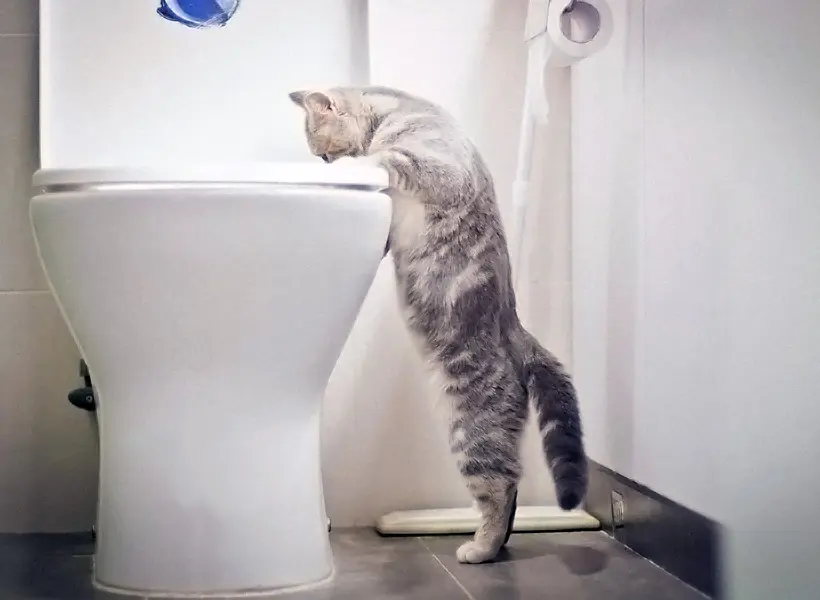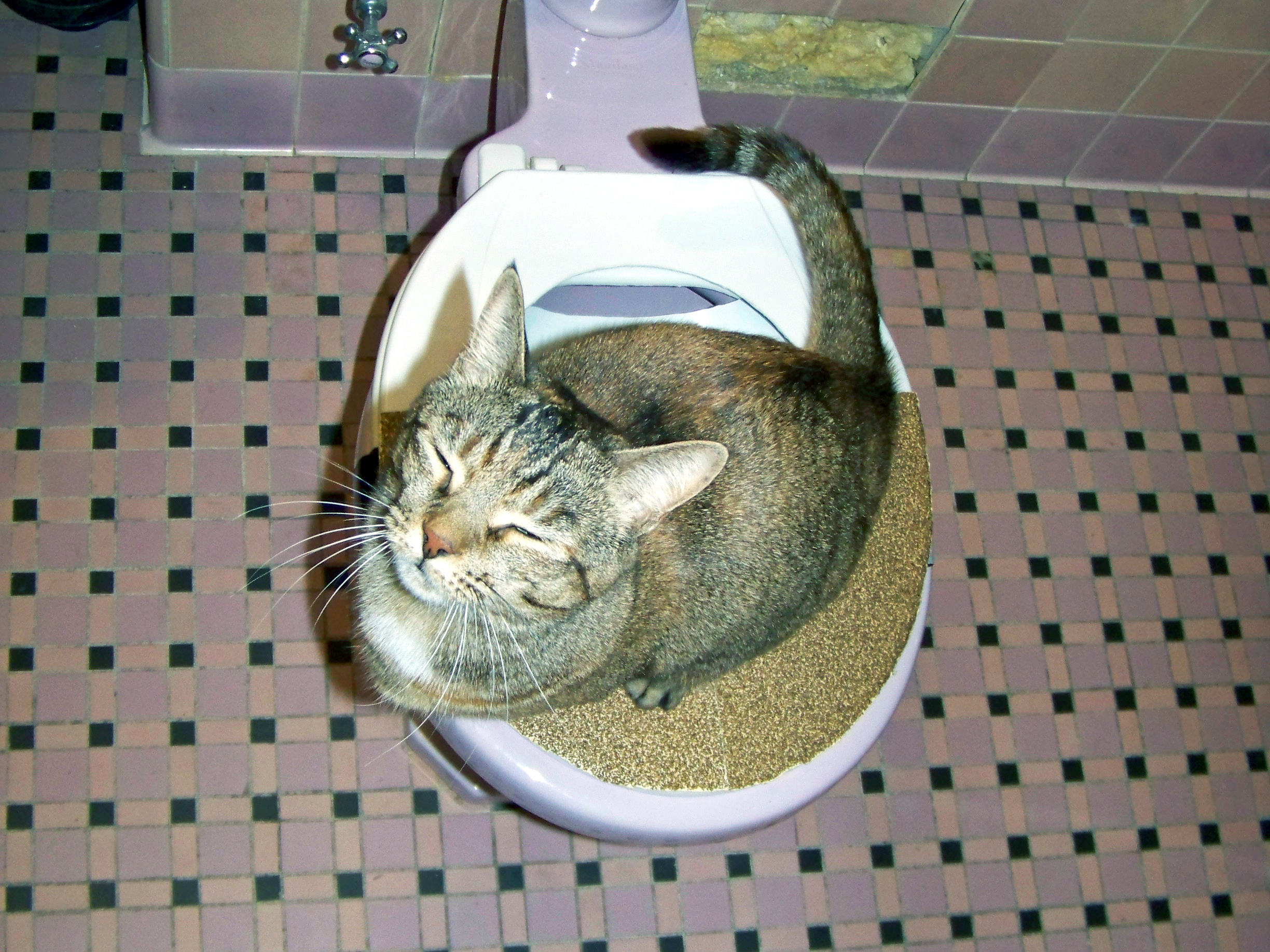Discovering Why Animal Waste Needs to Not Be Flushed Down the Toilet
Discovering Why Animal Waste Needs to Not Be Flushed Down the Toilet
Blog Article
This article which follows about Can You Flush Dog and Cat Poo Down the Toilet? is relatively engaging. Don't miss it.

When it involves disposing of waste, particularly animal waste, lots of people often consider the convenient option of flushing it down the commode. Nonetheless, this apparently very easy solution can have severe repercussions for the setting and public health. In this write-up, we'll explore why flushing pet waste down the commode is a poor concept and offer alternate methods for appropriate disposal.
Intro
Correct waste disposal is vital for keeping ecological sustainability and public health. While it might appear safe to flush animal waste down the toilet, it can lead to various concerns, both for the atmosphere and human well-being.
Risks of flushing animal waste
Environmental effect
Purging animal waste introduces damaging germs and virus right into rivers, which can negatively influence marine ecological communities. These virus can infect water resources and harm aquatic life, disrupting fragile ecosystems.
Public health problems
Pet waste has hazardous bacteria such as E. coli and Salmonella, which can pose serious health threats to human beings. Flushing pet waste down the toilet can pollute water products, leading to the spread of conditions and infections.
Alternatives to flushing
As opposed to flushing pet waste down the bathroom, there are a number of alternate disposal techniques that are a lot more eco-friendly and hygienic.
Composting
Composting animal waste is a green way to take care of it. By composting, organic matter is broken down right into nutrient-rich soil, which can be used to feed gardens and plants.
Land fill disposal
Getting rid of animal waste in a garbage dump is one more alternative. While not as eco-friendly as composting, it is a much safer option to flushing, as it prevents the contamination of water resources.
Family pet garbage disposal systems
There are specialized family pet waste disposal systems available that safely and hygienically take care of animal waste. These systems often use enzymes to break down waste and get rid of odors.
Steps to correct animal garbage disposal
To ensure correct disposal of animal waste, follow these actions:
Scooping and bagging waste
Consistently scoop and bag pet waste making use of biodegradable bags. This stops waste from polluting the setting.
Utilizing marked waste containers
Dispose of bagged animal waste in marked waste containers, such as compost bins or landfill containers. Avoid flushing it down the commode in any way expenses.
Cleaning up litter boxes and pet dog areas on a regular basis
Routinely clean can and pet locations to stop the build-up of waste and microorganisms. Usage pet-safe cleaning products to keep hygiene.
Benefits of proper disposal techniques
Taking on appropriate disposal approaches for animal waste supplies several advantages:
Reduced environmental pollution
Correct disposal techniques minimize the threat of environmental pollution, safeguarding waterways and environments from contamination
Minimized danger of water contamination.
By staying clear of flushing pet waste down the toilet, the threat of water contamination is substantially minimized, guarding public health.
Improved hygiene and health
Appropriate disposal techniques advertise better sanitation and hygiene, creating a much safer setting for both people and pets.
Conclusion
In conclusion, purging pet waste down the commode is hazardous to the setting and public health. By embracing different disposal techniques and complying with correct waste monitoring techniques, we can reduce the negative influence of animal waste and contribute to a cleaner, healthier planet.
What To Do With Dog Poo – The Do's And Don'ts Of Disposing Of Faeces
Dog poo bins
Some councils provide dedicated dog waste bins in popular dog-walking areas that can take dog poo that has been bagged but you can legally dispose of dog waste in any public litter bin, as long as it is securely bagged. This also applies to your wheelie bin at home.
Do not flush
Water companies do not recommend flushing dog faeces down the toilet because certain parasites can survive the water processing treatment and are potentially harmful to humans. You should also never consider flushing dog poo that has been bagged down the toilet as the bags will not break down and instead create severe blockages in the sewage system.
In the woods
The Forestry Commission promotes a ‘stick and flick’ method for dealing with waste in the woods. This means finding a stick and using it to flick any poo from off the path so that it is out of the way of other walkers. You could also bury it as long as it is not in an area where there might be livestock.
Livestock
Parasites found in dog poo can be transmitted to livestock if they inadvertently eat infected faeces that has been left on grazing land. This could result in the death of sheep or abortion in cattle so you should always make sure you pick up your dog’s waste in fields where livestock could be present.

Routinely clean can and pet locations to stop the build-up of waste and microorganisms. Usage pet-safe cleaning products to keep hygiene.
Benefits of proper disposal techniques
Taking on appropriate disposal approaches for animal waste supplies several advantages:
Reduced environmental pollution
Correct disposal techniques minimize the threat of environmental pollution, safeguarding waterways and environments from contamination
Minimized danger of water contamination.
By staying clear of flushing pet waste down the toilet, the threat of water contamination is substantially minimized, guarding public health.
Improved hygiene and health
Appropriate disposal techniques advertise better sanitation and hygiene, creating a much safer setting for both people and pets.
Conclusion
In conclusion, purging pet waste down the commode is hazardous to the setting and public health. By embracing different disposal techniques and complying with correct waste monitoring techniques, we can reduce the negative influence of animal waste and contribute to a cleaner, healthier planet.
What To Do With Dog Poo – The Do's And Don'ts Of Disposing Of Faeces
Dog poo bins
Some councils provide dedicated dog waste bins in popular dog-walking areas that can take dog poo that has been bagged but you can legally dispose of dog waste in any public litter bin, as long as it is securely bagged. This also applies to your wheelie bin at home.
Do not flush
Water companies do not recommend flushing dog faeces down the toilet because certain parasites can survive the water processing treatment and are potentially harmful to humans. You should also never consider flushing dog poo that has been bagged down the toilet as the bags will not break down and instead create severe blockages in the sewage system.
In the woods
The Forestry Commission promotes a ‘stick and flick’ method for dealing with waste in the woods. This means finding a stick and using it to flick any poo from off the path so that it is out of the way of other walkers. You could also bury it as long as it is not in an area where there might be livestock.
Livestock
Parasites found in dog poo can be transmitted to livestock if they inadvertently eat infected faeces that has been left on grazing land. This could result in the death of sheep or abortion in cattle so you should always make sure you pick up your dog’s waste in fields where livestock could be present.

I came across that entry on Can You Flush Dog and Cat Poo Down the Toilet? when doing a lookup on the internet. Are you aware of another individual who is curious about the subject? Take a moment to share it. We treasure your readership.
Get Quote Report this page